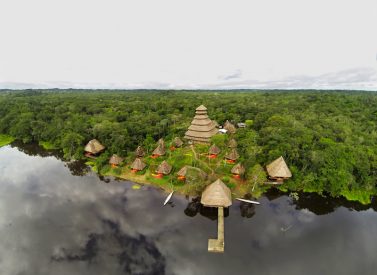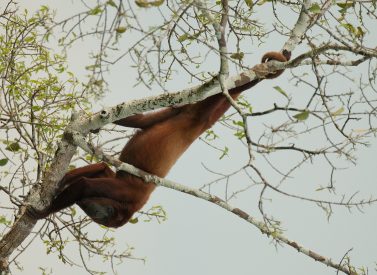
Sani Amazon Rainforest Eco-Lodge
Sani rainforest lodge, perched on the edge of an Oxbow lake, deep in the Amazon.
Sani Lodge is an eco-lodge dedicated to ecotourism, environmental conservation, and community in the Amazon rainforest of Ecuador.
It is owned and operated by members of the Sani community, and profits from the jungle lodge are reinvested into the community.
With extensive knowledge of Amazon wildlife and biodiversity they can give Sani Lodge guests the true experience of the Ecuadorian Amazon rainforest.
More on Sani Lodge, Ecuador
Its surrounding black waters house the anaconda and black caiman as well as supporting rare and dramatic birdlife.
You can stay in comfortable cabins with private bathrooms and wi-fi, or for the adventurous, you can camp on the lakeside.
To the north of Challuacocha lies the massive Cuyabeno Reserve, and to the south stretches the vast Yasuni National Park.
This pristine area is home to 1,500 species of trees, hundreds of climbing vines and exotic flowers, as well as 550 species of tropical birds, 13 species of monkeys and 1,000 butterflies.
Trip Highlights
Print Share Download as PDF-
Sani is 100% community owned, so the money from tourism benefits the local population.
-
Set among more than 42,000 hectares of pristine rainforest.
-
1,500 species of trees, 550 species of tropical birds, 13 species of monkeys and 1,000 species of beautiful butterflies.
-
More than 80% of people see the rare Harpy Eagle at Sani.
-
Sani Warmi project to boost employment and rights for indigenous women in the Sani project.
-
Comfortable lodges in which to relax after a day (and night) exploring the rainforest.
To our mind it seemed THE best lodge compared to others we saw / heard about as it was small, personal, a bit mad.
The guides were fantastic, knowledgeable and extremely helpful and willing to fit into our priorities. I'll always remember the spur of the moment Woolly Monkey chase as one of the best moments I've spent searching for wildlife.
W. Lewis, Sani Lodge
Full Itinerary
Day 1: Flight Quito - Coca, transfer to lodge, afternoon walk, caiman spotting (L,D)
On arrival in Coca (morning), you are taken to our passenger transport boat at the Río Napo Harbour in Coca. You have lunch on the boat as it enters Chaullayacu, the small stream connecting the lagoon at Sani Lodge with the Río Napo. We follow the stream for about 30 – 45 minutes before arriving at the lodge, where there are welcome snacks and drinks.
In the afternoon we set off on our first hike along trails through nearby swampland, with your expert native guide who will explain all about the typical vegetation and animals found here, as well as the traditional and medical use of the local plants.
After dinner, we can look for caiman or go for a short hike in the forest.
Day 2: Observation tower and afternoon walks, caiman search at night. (B,L,D)
After breakfast, experience jungle life from the tree tops from our 36m observation tower.
More than 565 species of birds have been registered as seen from here so far, including colourful birds such as macaws, toucans and hummingbirds and with a bit of luck you may get a close view of howler and squirrel monkeys or even a sleepy sloth snoozing in the canopy.
The tower gives you a unique perspective, opening up a whole new world of Amazonian. After exploring the nearby trails, we return to the lodge for lunch.
In the afternoon, after relaxing a little in our hammocks, we set of f to hike the Chorongo or Coto trails, in fantastic terra-firme forest to discover the different rainforest creatures and plants and the role they play in this complex ecosystem. Orchids, vines, strangle figs, ancient trees; bromeliads are all part of this fabulous tropical rainforest. Dinner at the lodge.
After dinner explore our black-water Oxbow Lake, one of the increasingly rare havens for the endangered black caiman, supporting a healthy population that can grow up to 6m in length (optional).
Day 3: Parrot clay lick at Yasuni National Park, community visit, night walk (B,L,D)
After breakfast departure to the Napo River to board the boat and visit the parrot-clay lick at Yasuní National Park (USD50) for a wonderful view of hundreds of parrots searching for a gap to land and eat the earth. Continue with a hike on the south of the Napo inside Yasuní National Park considered one of the most biodiverse area in the world, with plenty of opportunities to spot wildlife.
Head back to Sani Community Center to visit a native house to get a taste of how a typical Kichwa family lives. Enjoy the food, drinks, customs, and culture of the Sani community and learn how the lifestyle of the locals is environmentally sustainable. Return to the lodge late in the afternoon for a well-deserved dinner.
After dinner take a night walk to see how myriads of insects, spiders and frogs come alive at night (optional).
Day 4: Day hike along the Chorongo Largo trail (B,L,D)
Explore the hidden corners of Sani Lodge on a 7 hour hike (optional, shorter walks possible) along the Chorongo Largo trail for a close encounter with stunning wildlife such as woolly monkeys, lively squirrel monkeys and white fronted capuchin monkeys, parrots, macaws, toucans and with a bit of luck tapirs and even peccaries.
Discover the magic world of untouched and virgin forest. A picnic lunch will be served in the middle of nowhere, surrounded by tree ferns, ancient kapoks and palm trees. Return in the afternoon to the lodge for dinner.
After dinner you can once again choose to head out on a small walk, if you still have the energy.
Day 5: Transfer out, fly Coca-Quito, tour ends (B,L)
An early start today as we take the boat back on the three hour ride to Rio Napo Harbour in Coca.
From here, we take a taxi to the airport and fly back to Quito mid morning.
Note: This trip is available as a 3, 4, 5, 6, 7 or 8 day trip. Exact itinerary is dependent on your wishes and weather conditions.
Prices From $1,447 / £1,176 per person
What's Included?
Sani lodge accommodation, Quito-Coca-Quito flights, native bilingual guide, guided expeditions as listed, meals and water as listed
What's Not Included?
Parrot lick fee (USD 35, payable locally), tips, insurance, soft or alcoholic drinks, international flights, personal items and equipment, Quito hotels or transfers.
Accommodation
Sani Lodge accommodates only 20 guests, emphasising quality rather than quantity, and thereby offering you a more intimate experience with the rainforest.
The lodge itself consists of ten private, thatch-roofed cabanas, each with a modern bathroom, and there is a camping area for those who want to get even closer to the Amazon.
The cabanas are spaciously designed for double occupancy, and have screened in windows to guard against insects while you sleep. Electric lights at the lodge run from ecologically friendly solar energy instead of a noisy generator so the night sounds will be pure and natural.
Oil lamps are also provided for those who appreciate that rustic feel.
The bar, lounge, and dining room at Sani Jungle Lodge overlook the lagoon and offer both first class service as well as premier views of wild life and of the setting sun. There is an observation tower nearby for those who wish to spot birds as the sun goes down.
Tour Staff
Passengers are always accompanied by a naturalist guide and Native Guide from the community.
The lodge employs people from the local Kichwa Sani Isla community.
Meals
The kitchen can accommodate vegetarian and most other special dietary requests. A variety of international and traditional cuisine is offered to guests.
Meals are prepared by an excellent culinary staff, and include classic international cuisine, as well as local dishes. Fruits and forest products feature heavily.
A light snack is available for those who leave on very early trips, with a larger breakfast available later.
Lunch: Is provided in the dining room about 13.00. Boxed lunches are provided to visitors taking full day trips.
Dinner is served about 19.00-19.30.
All drinking water at the Lodge is filtered and there is always some available, as well as tea and coffee.
More on food
The cuisine is innovative, combining examples of fresh, local ingredients with an international style. Vegetarian, chicken and fish dishes will be served.
Fresh bread, baked daily and exotic fruits will greet you in the morning.
At lunch, you can sip on refreshing exotic juices, like guanabana, guava, passion fruit, cactus fruit, citrus, and coconut.
And in the evening after a beautiful meal, original deserts and fine Ecuadorian coffee will send you happily satisfied to a comfy chair in the lounge to reflect on the days adventures in the Amazon.
Activity Level
These trips are designed to be open to people of all ages and abilities, albeit it’s advised that children are aged 7 or over.
You need to be able to step into and out of a boat and the fitter you are the more you will enjoy the trip.
Walks are short in length but you may be on your feet for 2-3 hours as you stop to look at wildlife. There are shorter (and longer) walks for those who don’t want to walk so far – your guide will talk to you about preferred activity levels.
There are also rides in boats/canoes that can last up to 2-3 hours, depending on the tour.
The Amazon is very hot between midday and early afternoon, so we rise early, between 0600 and 0700, to catch the animals at dawn when they are very active. We leave the lodge early, go on an activity, and then relax when the sun is at its hottest.
As the day cools, we head off in the afternoon and in the evenings go on hikes or caiman spotting. Evening meals are usually around 1930-2000, after which we relax at the lodge and listen to the sounds of the Amazon.
You can pick and choose activities along with your guide and group, although the guide’s decision is final.
Practical Information
Introduction to Ecuador
Ecuador is the second smallest South American country, and one of the most varied.
It comprises three main geographical areas: the coast, highlands and Amazon plus is home to the Galapagos Islands.
Because of its relatively compact size, it makes a great holiday destination as you can move from highlight to highlight fairly easily and rapidly.
Geography of Ecuador
Landscapes vary from the drier south to the more humid north.
The Highlands, or sierra, encompass two Andean Cordilleras (the Central and Western), which run north to south through the country. Ecuador’s largest volcano is Chimborazo (6,310m) whose summit, because of its proximity to the equator, is the closest point on earth to the sun. Several of Ecuador’s volcanoes are still active, and it’s a great area for trekking.
Descending the steep, east-facing slopes of the eastern Cordillera, one passes through a transition zone comprising dense cloud forest and humid high jungle, before entering the Amazon lowlands.
This mainly primary rainforest covers a third of the country, accounts for 5% of the population and stretches across Ecuador, from its Colombian to its Peruvian borders.
The Galapagos Islands are simply unique. Lying 600 miles off the mainland, the archipelago comprises the summits of gigantic equatorial volcanoes.
The flora and fauna of the Galapagos, long separated from their continental cousins, have evolved differently. Charles Darwin used his observations there to develop his theory of Evolution.
Weather in Ecuador
Ecuador lies between latitudes 4º south and 2º north. Overall, climate varies according to time of year, altitude and region.
The Sierra
In the Ecuadorian highlands, there is little temperature variation by season as temperature depends largely on altitude.
In Quito, shade temperatures range from 6 to 10ºC in the morning and from 19 to 23ºC in the afternoon, with cool nights. In the lower basins between mountains, it gets significantly warmer.
Rainfall depends on whether an area lies closer to the eastern or western Andes. To the west, June-Sept is the dry period and Oct-May the wet (with often a short, dry spell in Dec or Jan).
The best period to visit Quito and trek and climb volcanoes such as Cotopaxi is the west Andean dry season of June-Sept and Dec/Jan. This is also Ecuador’s high season. During the Oct-May wet season, most rainfall is in the afternoons.
To the east, Oct to Feb are dry and Mar-Sept are wet. Overall, the southern highlands are drier than the northern highlands.
The Coast
On the Pacific coast, rainfall becomes less from north to south. The coast can be enjoyed year-round, although from June-Sept mornings are often grey with the garua mists.
Jan-May is the hottest and rainiest time of year.
The Amazon
In Ecuador’s Amazonian region, rain can fall at any time, but Dec-March is usually the driest season and Mar-Sept is usually the wettest period.
The Galapagos Islands
Galapagos can be visited at any time of year.
The warm season is Jan-Jun, bringing calm, warm waters (around 70°F) and sunny days (72-9°F or 22-32°C), February and March being the hottest and sunniest months with blue skies and sunshine.
The islands receive slightly more rainfall during these months, occasional heavy bursts in the afternoon. Great for snorkelling and you can spend a lot of time in the water without wetsuits, with great, clear waters.
The dry ‘garua’ season is Jun-Dec an it’s a great time for marine life. August and September are the coolest when you may need a jacket in the evenings and the sea can be choppy and temperature drops around 15-24ºC on average.
There can be mist on the islands in the mornings (garua) which usually burns off by midday leaving overcast skies or a sunny afternoon.
Sea temperatures may drop to 60°F- 72°F (15-22°C) during this time and snorkellers will want a wet suit for prolonged periods in the sea.
Kit list
Good kit is vital for every trip.
Book with Andean Trails and get 15% off Páramo’s fantastic ethical and high performance outdoor gear.
You can also read our blog about a day in the Amazon rainforest of Peru.
Detailed kit list
- The original and a photocopy of your passport.
- Yellow fever inoculation certificate.
- Good binoculars.
- Tight-weave, light weight long trousers.
- Quick dry socks.
- Rain suit or long poncho (100% waterproof – test before you leave home).
- Long-sleeved tight-weave shirts.
- T-shirts.
- A bottle or canteen to carry water on outings (1-2 litres).
- Sunscreen (factor 30+) and lip salve.
- A broad-brimmed hat that will not come off on windy boat-rides.
- 1-2 pairs of shorts.
- Sunglasses with UV filter.
- A pair of trainers.
- Ankle high, hiking boots.
- Insect repellent.
- Towel & wash-kit.
- Wet Wipes/antiseptic hand-wash cream.
- Head-lamp (plus spare bulb and batteries).
- Personal first-aid kit to include: painkillers, plasters (band-aids), moleskin, anti-biotic cream, general antibiotics (ask your GP), after-bite (tiger balm), anti-diarrhoea tablets, throat lozenges, re-hydration salts & personal medication.
- Cash (small denomination bills) for souvenirs at the lodge, alcoholic beverages, etc.
- A small day pack, 30 litres.
- Camera and film / memory cards (take at least twice the amount you think you will need!).
- Book, e-book, mp3 player/ipod or other to help pass the time.
- Spanish/English phrasebook.
- Extra snacks i.e. cereal bars or favourite chocolate bars.
Please note: Guests should arrive in clothes which they do not mind getting slightly dirty or wet, and should wear footwear that is suitable to walk on a rainforest trail. Sun cream, insect repellent, hat and waterproof clothing should be carried in hand luggage and kept accessible for the journey to the lodge.
You may want to keep your binoculars and camera handy, too.
All bedding, toilet paper etc. is provided at the lodge (or camp, if camping).
ATOL holiday protection
Andean Trails has 25 years of experience of putting together the best South America holidays.
We pay a fee to the CAA for every licensable passenger we book since we hold an Air Travel Organiser’s Licence granted by the Civil Aviation Authority. In the unlikely event of our insolvency, the CAA will ensure that you are not stranded abroad and will arrange to refund any money you have paid to us for an advance booking.
We also offer ATOL (Civil Aviation Authority) protected holidays to give our customers peace of mind when booking and travelling.
When you buy an ATOL protected air holiday package from Andean Trails Ltd you will receive a Confirmation Invoice from us confirming your arrangements and your protection under our Air Travel Organiser’s Licence number 6275.
You can read more about ATOL, who is covered and what protections you have if not ATOL-covered, on our ATOL page.
What is ATOL?
The CAA’s ATOL scheme offers protection to your money and your holiday if you book with us. Not everybody is covered (see ‘Who is covered?’ for more), as you must purchase an ‘air package holiday’ with Andean Trails to be protected.
And ‘air package holiday’ is defined as including a flight and some ground services (hotel, transfer, trek etc). This is also known as an ‘ATOL-protected holiday’.
Who is covered?
To be covered by ATOL, you must book a flight and some ground services with us and be from the UK. If you are from the UK and only book ground services and no flights, you are not covered by ATOL (see below for more on how non-ATOL clients are covered).
If you are outside the UK and buy flights with us, you will be ATOL protected IF any of the flights booked with Andean Trails touches/stops in the UK at any point during your holiday package booked with us.
If you buy your flights elsewhere, please check with that agent if you are ATOL protected. Be careful with online flight purchases and make sure you know what protection you have, if any, before paying for flights.
Not all holiday or travel services offered and sold by us will be protected by the ATOL scheme. Please ask us to confirm what protection may apply to your booking.
For land only holidays not involving any air travel, in accordance with “The Package Travel, Package Holidays and Package Tours Regulations 1992”, all UK passengers booking with Andean Trails Ltd. are fully protected for the initial deposit and subsequently the balance of all money paid to us, arising from cancellation or curtailment of travel arrangements due to the insolvency of Andean Trails.
I’m not ATOL covered, what protection do I have?
If you are not ATOL covered, any payments you make to us go to a Trust account.
We can only access this money once your tour has been completed, meaning that if anything happens to Andean Trails Limited while you are on holiday, then your money is secure and you can either complete the trip or be able to make it home.
If you pay for your holiday with a credit card, some offer payment protection – please check with your cardholder.
You also should have cancellation protection written into your insurance (which we recommend you have at the time of booking) in case you need to cancel.
Ecuador’s Amazon rainforest
Some 40% of Ecuador’s and is covered by Amazon rainforest.
As well as being rich in wild life, Ecuador’s rain forest is still home to a multitude of indigenous tribes, some of which have opened their communities to ecotourism.
A 4 or 5-day visit to one of the quality lodges will allow you to venture into beautiful primary forest.
Native guides lead you on verdant forest trails where you will see monkeys, tortoises, frogs and an array of birds including toucans and macaws.
Large mammals like jaguar, tapir and giant anteater have been spotted, but are elusive.
Ecuador’s Cloud Forest
Ecuador’s cloud forest covers its rolling hillsides as they descend from the high Andean plateaus into the rain forest or down to the Pacific coast.
Most of this tropical forest lies between 1,200-2,700m/3,937-8,858ft above sea level, an evergreen, lush and moist forest, teeming with bird and insect life.
Much of the cloud forest is readily accessible from Quito making it perfect a 2 or 3-day stay.
There are many lodges with virgin forest, home to a dazzling variety of hummingbirds, refreshing waterfalls for swimming, zip lining and wildlife walks.
The humming birds, Cock of the Rock and the chance of spotting larger mammals such as the spectacled bears are just some of the attractions of spending some time in this amazing ecosystem.
Cotopaxi, Ecuador
Cotopaxi National Park is dominated by the almost perfect cone shape of Cotopaxi (5,897m/19,347ft), an active volcano and the second highest mountain in Ecuador after Chimborazo.
The national park is well worth a visit for trekking in the foothills, climbing smaller peaks like Ruminahui, downhill mountain biking, horse riding or just enjoying the National Park itself.
The surrounding páramo is good for bird watching – you may see condors soaring above.
There are lots of lovely hacienda and mountain refugios to stay at in and around the park, and from which there are a variety of walks, horse rides and bike rides for all levels.
Ingapirca Ecuador
Ingapirca (meaning wall of the Inca) is just an hour from Cuenca and is the most important Inca archaeological site in Ecuador.
The site is in good condition and consists of a main elliptical building thought to be a sun temple, with typical Inca features such as trapezoidal doorways and niches.
There are Inca trails leading to and from the site, so you can visit on a day trip or incorporate a visit as part of a trekking itinerary.
You can travel here from Cuenca, or make it part of a trip from Baños to Cuenca.
Quito, Ecuador
Ecuador’s vibrant capital Quito sits in a stunning location, surrounded by snow capped volcanoes and many of the high peaks of the Andean sierra.
There is plenty to do for visitors of all ages and interests. The old town of Quito is a UNESCO world heritage site, with many beautiful churches and colonial facades, a wonderful range of museums and picturesque squares.
For an over view of the city and along the Avenue of volcanoes to north and south and to help with acclimatising try taking the Teleferico (cable car) up the eastern slope of Pichincha volcano.
At night Quito is a lively city. Head to the modern Mariscal area where tourists and locals alike find a great range of restaurants, bars and night clubs.
Prices From $1,447 / £1,176 per person
2025 price, shared cabin, per person
4 days: USD 1239 per person
Includes domestic flights
Upgrade to suites available
Single supplement applies
Dates & Prices
Prices From $1,447 / £1,176 per person
2025 price, shared cabin, per person
4 days: USD 1239 per person
Includes domestic flights
Upgrade to suites available
Single supplement applies
Can’t find what you’re looking for? Get in Touch
+44 (0)131 378 5593
+44 (0)131 554 6025



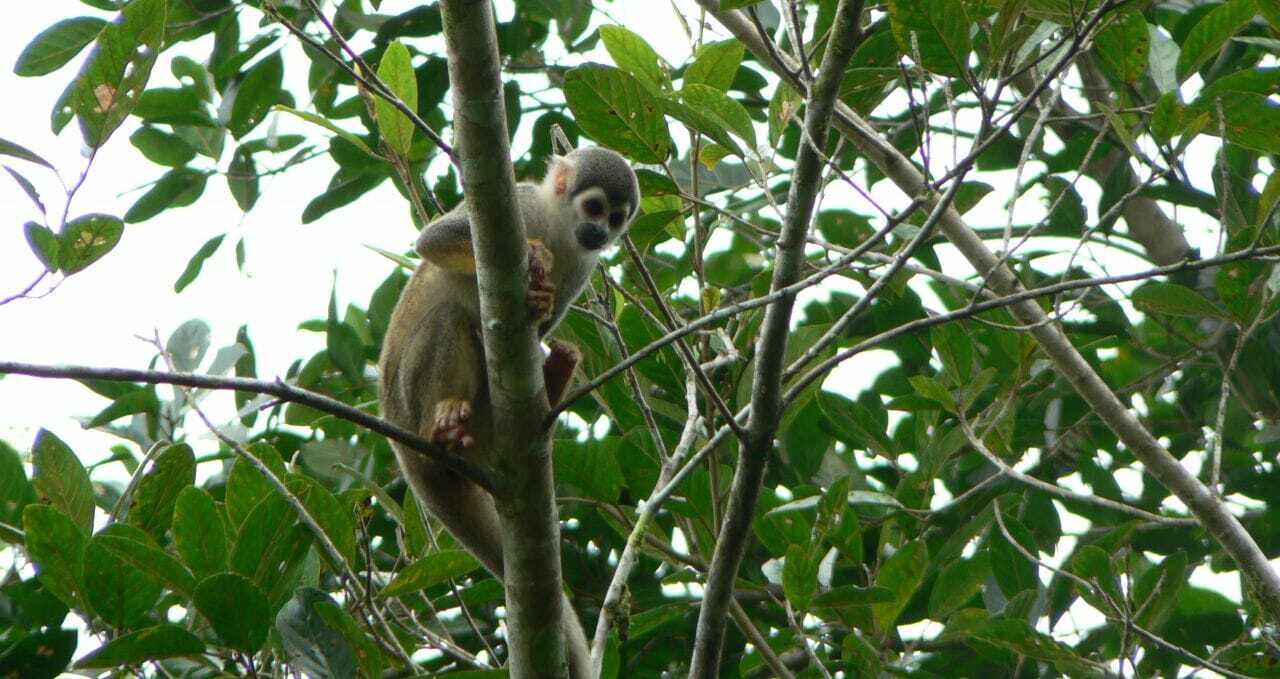
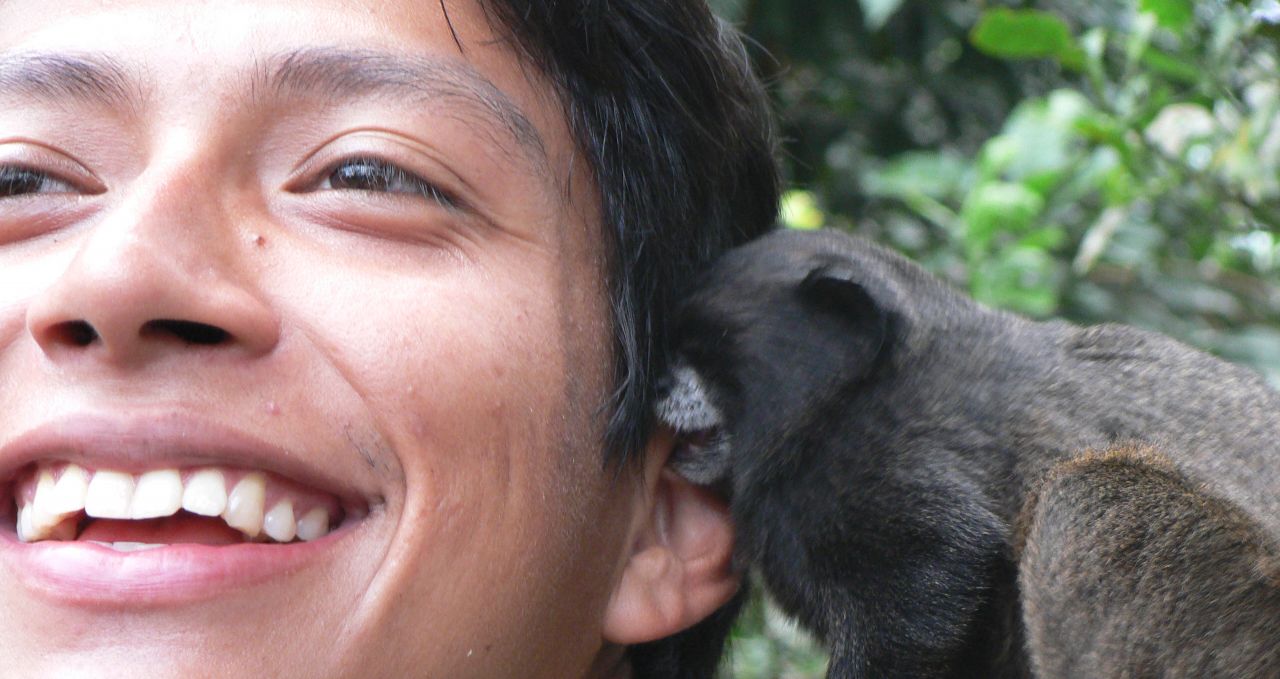
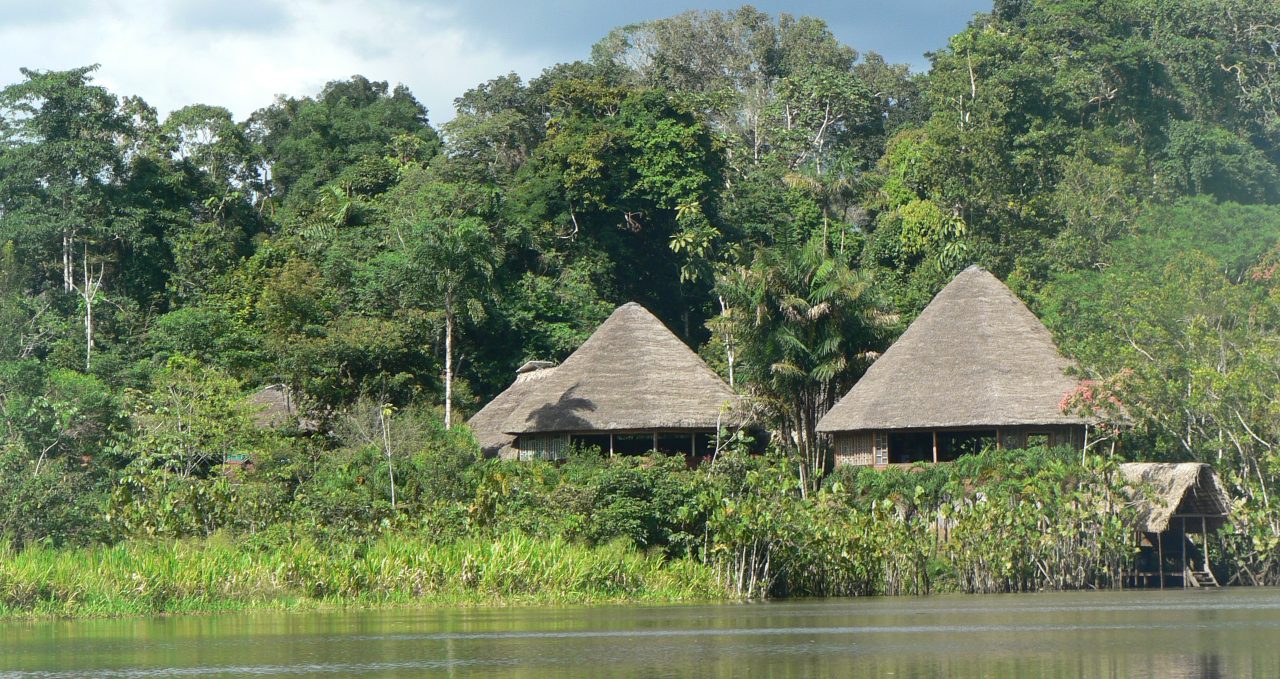
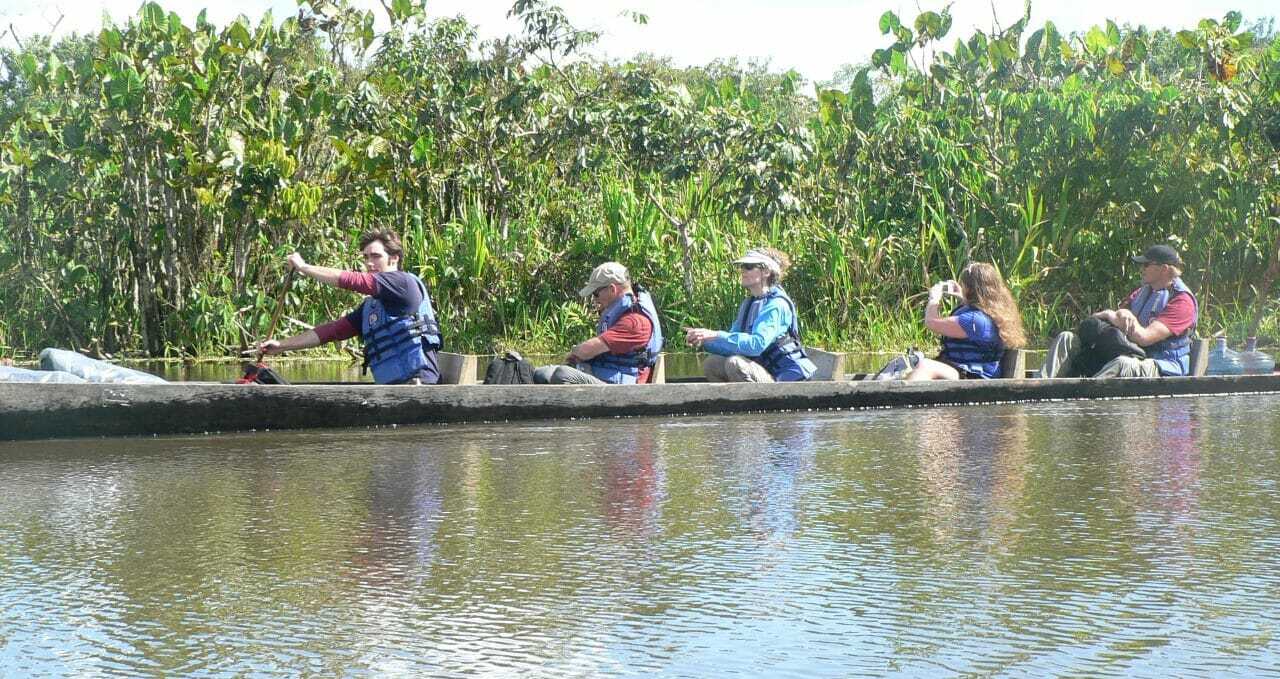
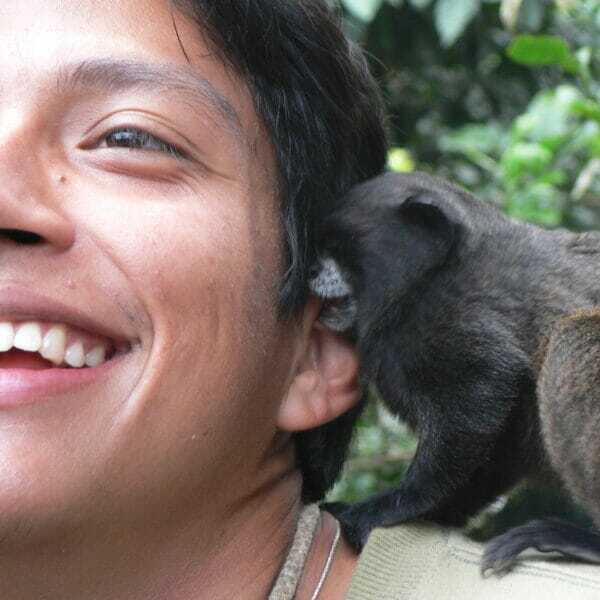
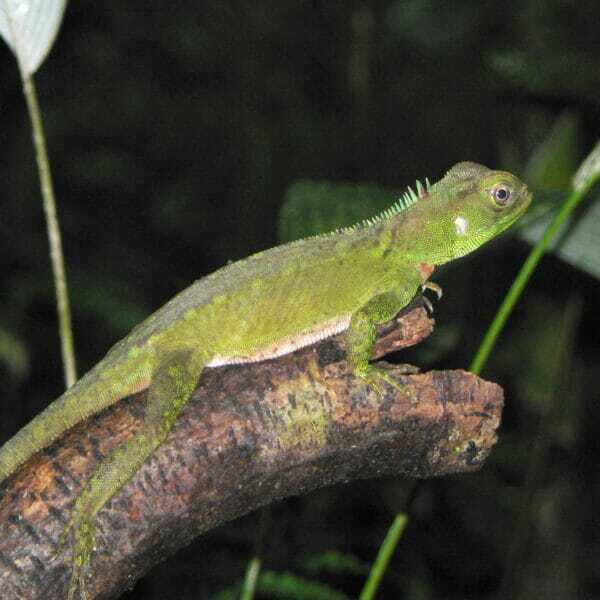
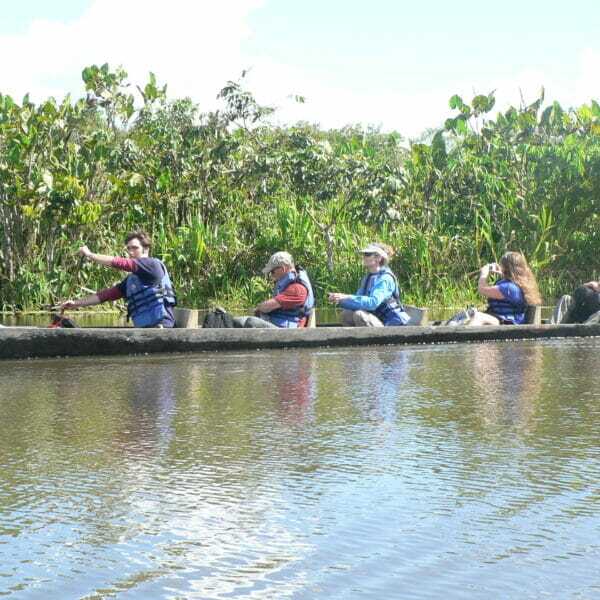
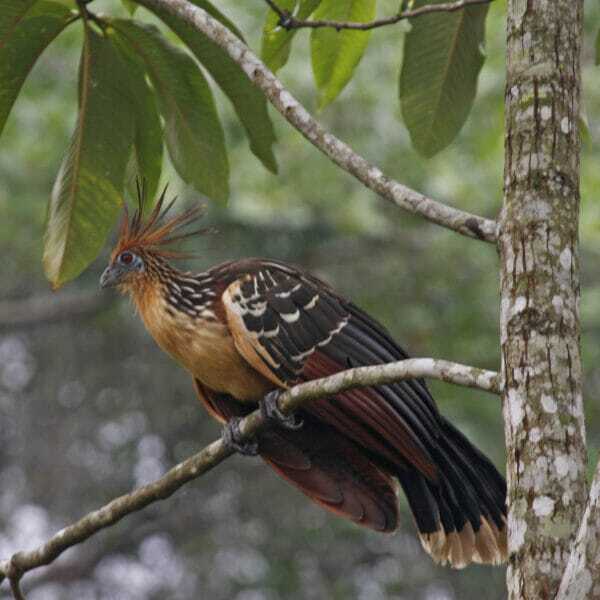
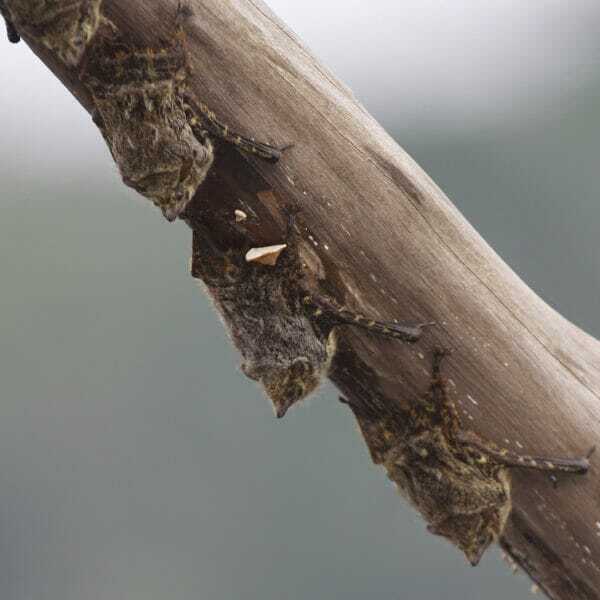
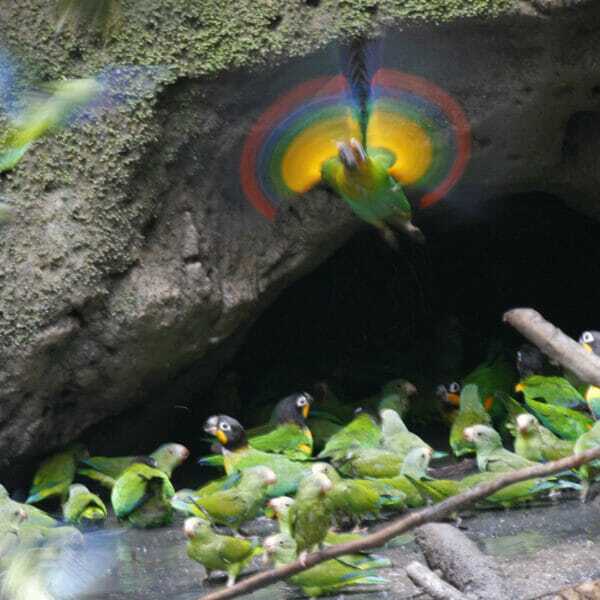
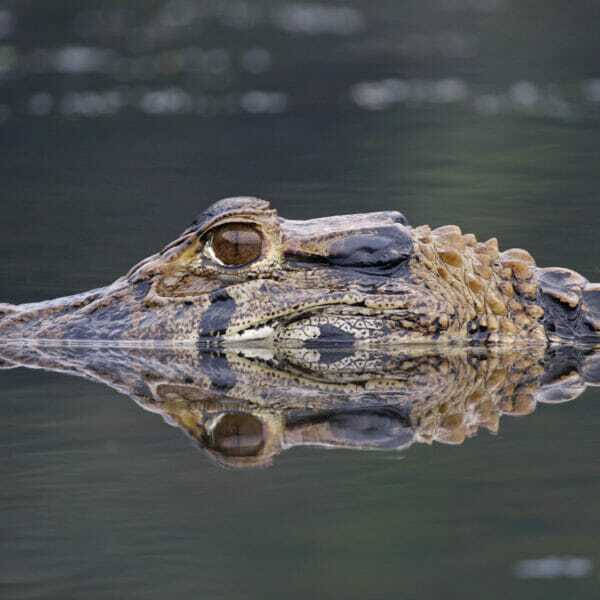
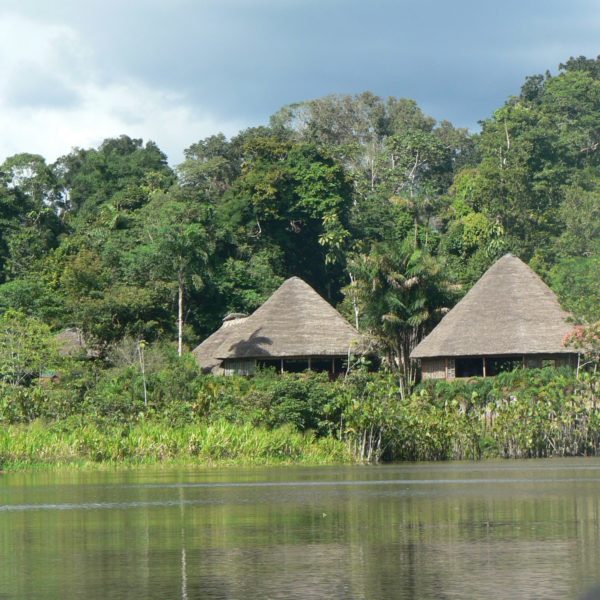
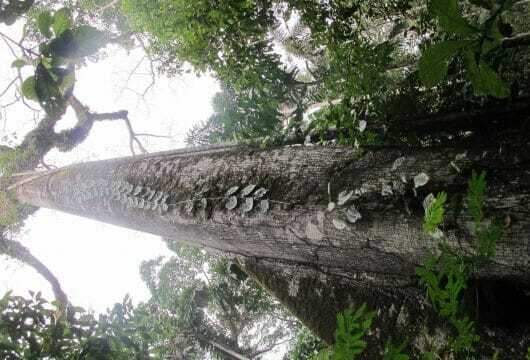
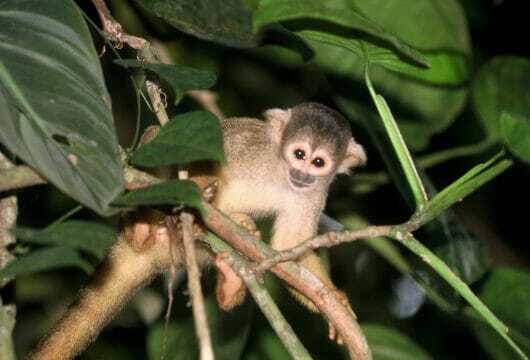
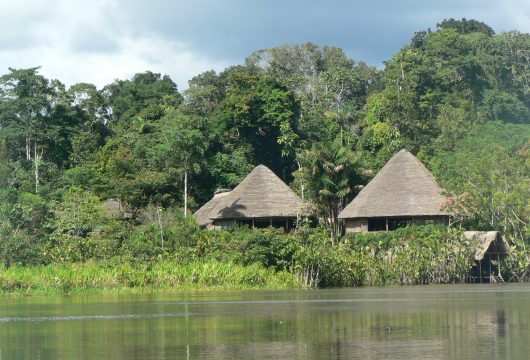
 a Tailor Made Tour
a Tailor Made Tour 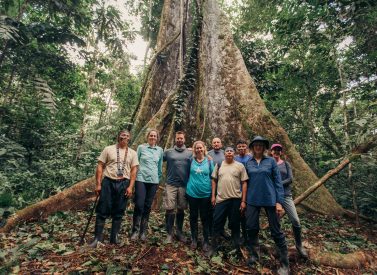

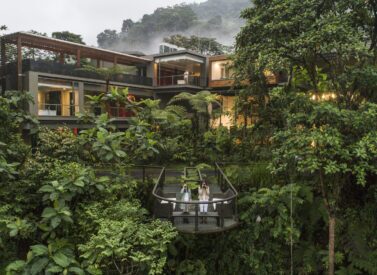
 a Group Tour
a Group Tour 